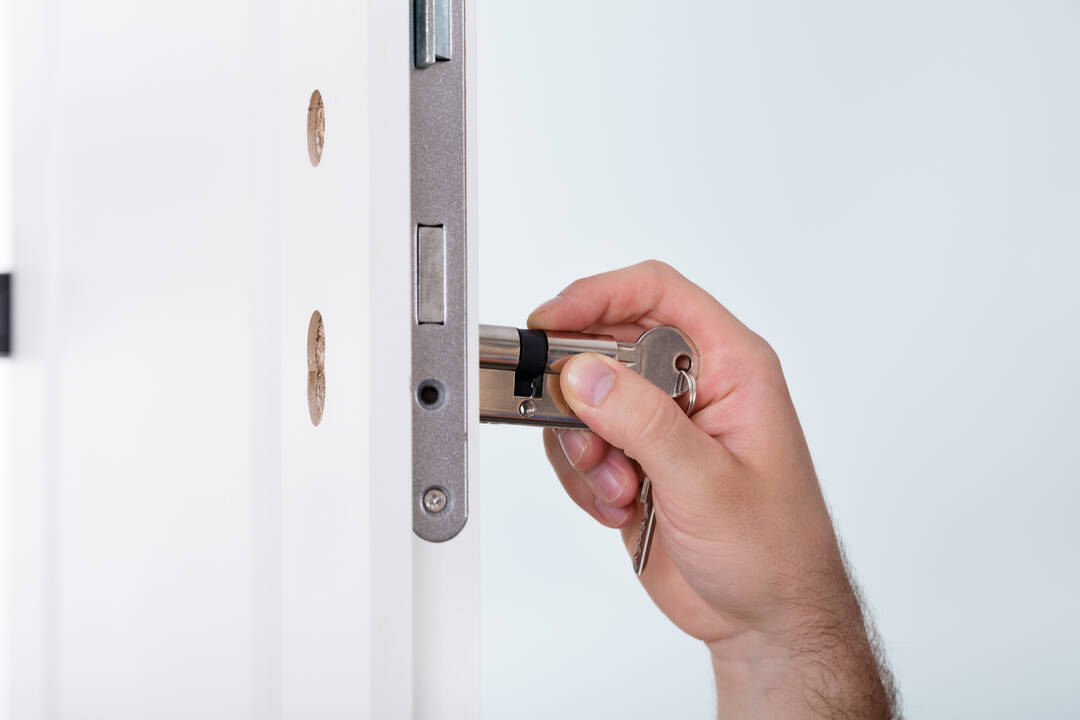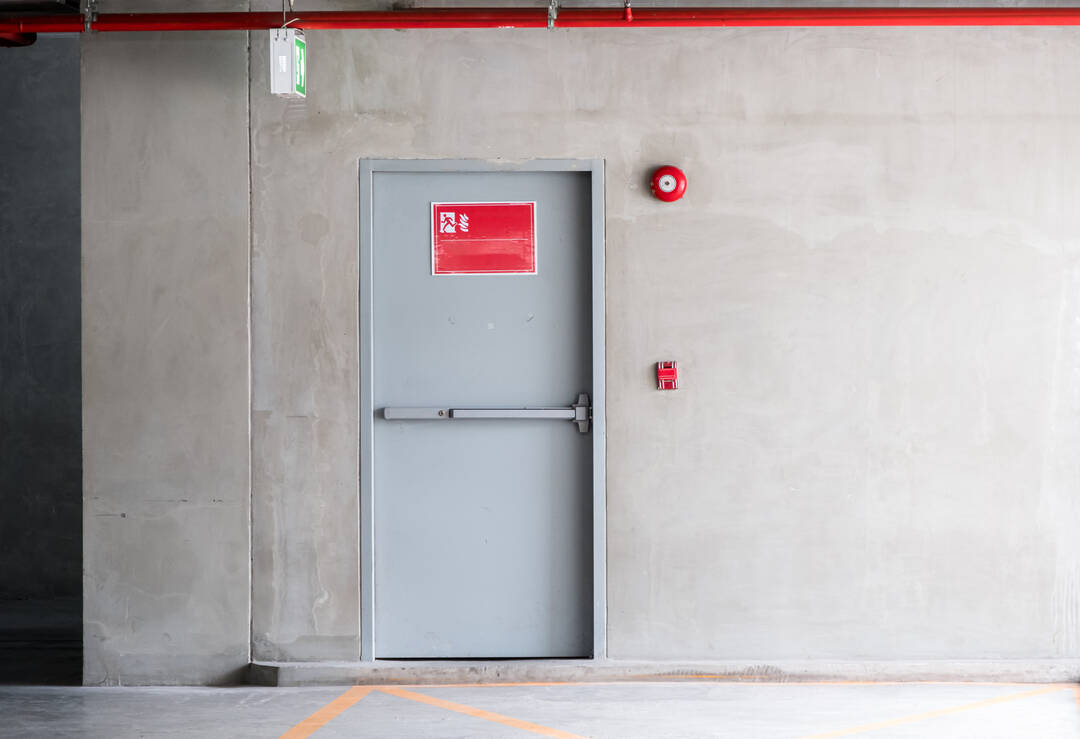
Locking cylinder
A core element when it comes to locking is undoubtedly the locking cylinder. Whether residential buildings, apartment doors or business premises: Locking cylinders are installed to prevent unauthorised access.
What distinguishes the locking cylinder
The much more common variant is still the mechanical locking cylinder today. A key whose profile is compatible with the cylinder is required to be able to carry out a locking operation in a locking cylinder. For this, the key is equipped with cuts, among other things. If its cut profile matches the locking cylinder, it can be locked and unlocked.
Although this mechanism is always the same in the locking cylinder, there are different versions of the locking cylinders. Below you will find out which types of locking cylinders are available using examples.
The profile cylinder as the most common variant
One could also call the profile cylinder the "classic“ among locking cylinders. Another very common designation for him is "double cylinder", as a key can be inserted and used on both sides. This is why the profile cylinder is very often used on entrance doors.
When using the profile cylinder, the so-called danger function can also be selected on request. If this is used, it can be locked from both sides of the locking cylinder – even if a key is already inserted on one side. We recommend this option, for example, for apartments with only one entrance, so that you can get into the apartment even if you accidentally leave the key on the inside of the apartment.

Other common locking cylinders
In addition to the profile cylinder, thumb-turn cylinders, half cylinders, lever cylinders and cam cylinders are also listed here as additional locking cylinders.
The thumb-turn cylinder is a locking cylinder which can only be locked on one side with a key; from the other side, the cylinder is operated with a thumb-turn (hence its name). This means that it can always be operated on the door side where the thumb-turn is located.
The half cylinder can generally only be locked from one side, as it does not have a thumb-turn. For this locking cylinder, it must be ensured that it always has a length of 10mm on the inside; this length is fixed for it. Residential and basement doors, for example, are often equipped with a half cylinder.
Rather simple and therefore not as high in terms of security as can be found in many letter boxes, for example. This is simply opened by a lever that turns when the key is inserted into the lock.
There is also the cam cylinder, which is primarily used for additional locks, for example on garage doors. The cam cylinder is screwed in here from the inside.

The special roller of the anti-panic cylinder
An important role among the locking cylinders, which should be mentioned separately, is held by the anti-panic cylinder, also known as the "panic lock". This locking cylinder is special in that it can only be locked from one side. Although this initially sounds similar to half cylinders, with the difference that the non-lockable side of the door can be opened at any time in the anti-panic cylinder in order to enable rapid escape.
A door equipped with such a locking cylinder therefore also has the special feature that it often does not have a conventional door handle, but a panic bar at the height at which the door handle is otherwise located. This has the advantage that the door is automatically actuated in the event of a large crowd of people in a panic situation.
The digital locking cylinder as a sensible alternative
The previous comments referred almost exclusively to mechanical locking cylinders, with only a few words about the digital locking cylinder. This is a sensible alternative, as it offers many advantages. Here you have a transponder (or other digital medium) as a locking medium with which you can open doors (and the corresponding locking cylinders).
The digital locking medium has the advantage that it can be reprogrammed in the locking plan at the click of a mouse and access rights can be changed. It is also significantly more secure than a classic key. If a transponder is lost, for example, it can simply be blocked in the corresponding system without having to replace keys and locking cylinders.
Information on the digital locking system
Find out more at www.simons-voss.com. Here you can read how secure, flexible and convenient locking devices work with systems such as System 3060. Please do not hesitate to contact us if you have any further questions!
